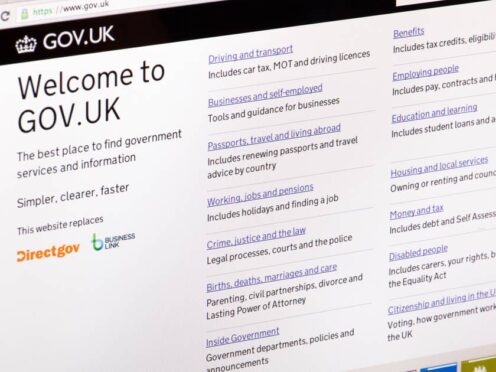NHS and Government websites should be made free of data charges to ensure the least well-off can use important public services online, ministers have heard.
Labour MP Simon Lightwood called for a change in the law, requiring all mobile phone data providers to mark public authority websites as “zero rated”, guaranteeing free access.
The Wakefield MP urged the Commons to back his Public Sector Websites (Data Charges) Bill, which he said would help anyone “no matter their situation” access services like Universal Credit and NHS health information without depleting their data allowance.
Introducing his Bill by the 10 minute rule procedure, Mr Lightwood said: “The increasing prevalence of public information and resources being available online is good thing. As a former NHS worker myself, I know it has the capacity to make our public services more efficient, more agile and better value for money for taxpayers.
“But being able to access the NHS website should not be constrained by someone’s financial situation. Likewise, someone on Universal Credit shouldn’t have to worry about not being able to access their account because of their data allowance.
“Simply put, we know that those with the greatest need to access online services are often the ones facing the greatest barriers to do so.”
He said that during the pandemic operators including Vodaphone, EE, Virgin Media, O2 and Three “recognised the huge surge in need” and gave their customers free online access to the NHS website, Covid information, the NHS App and online education resources like BBC Bitesize and the Oak National Academy.
Mr Lightwood added: “This procedure is known as zero-rating, whereby accessing any of these websites would not consume a user’s mobile data allowance.”
The Labour MP said some have continued zero-rating public websites after the pandemic “after seeing what a vital help it can be for their least well-off customers during the cost-of-living crisis”.
He added: “My Bill very simply proposes that we continue this good work that some operators have already done by extending this precedent into a legal requirement for all network providers operating in the UK.
“By making gov.uk and nhs.uk sites zero rated, we can extend universal free access to the most vital services like Universal Credit, local authority services, and NHS health information for everyone, no matter their financial situation.”
Mr Lightwood’s Bill is set to be considered by the Commons again on May 17, but is unlikely to become law without Government support.
